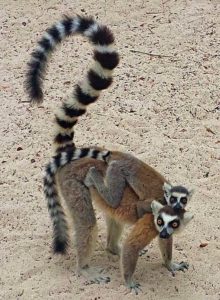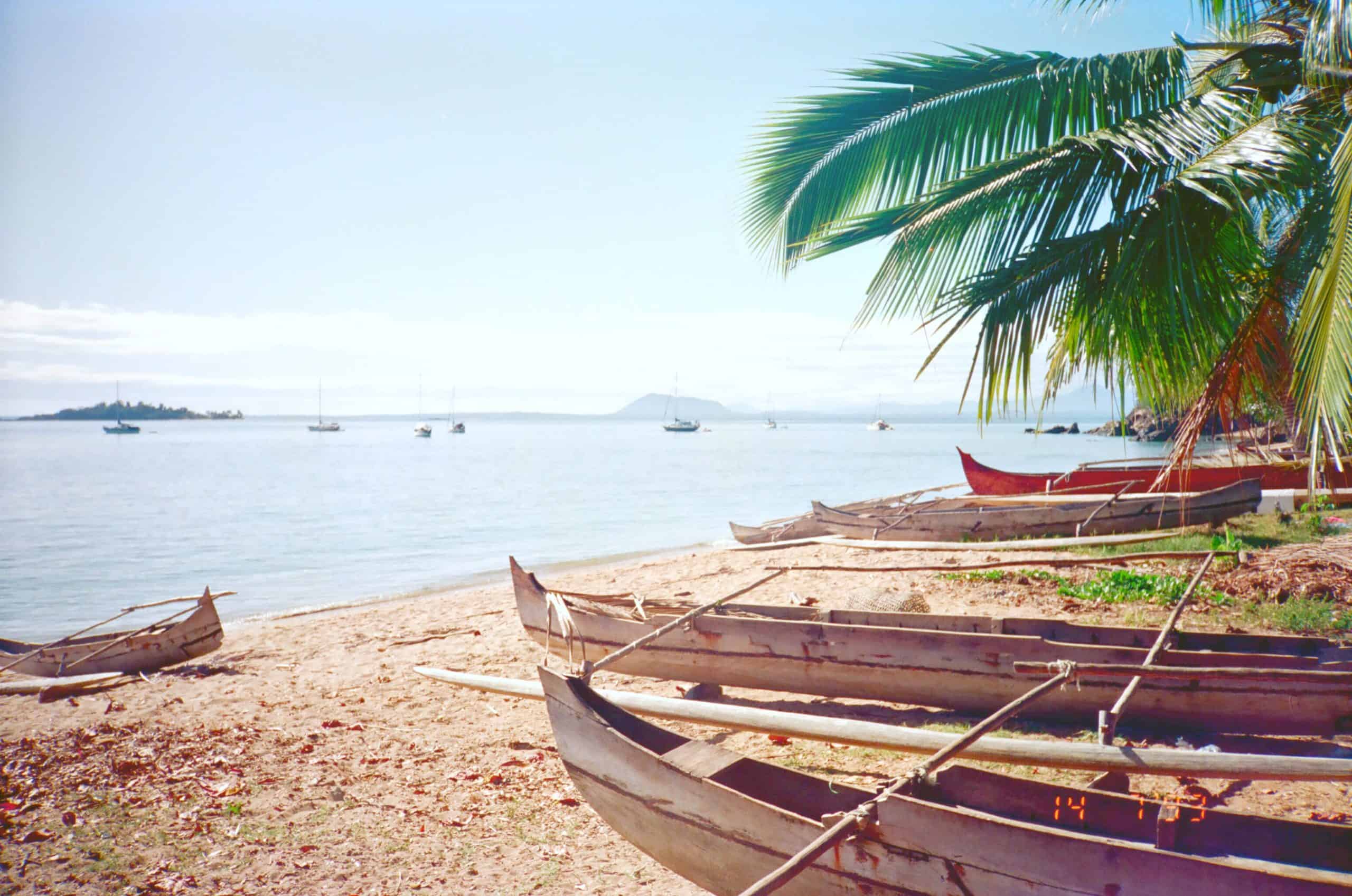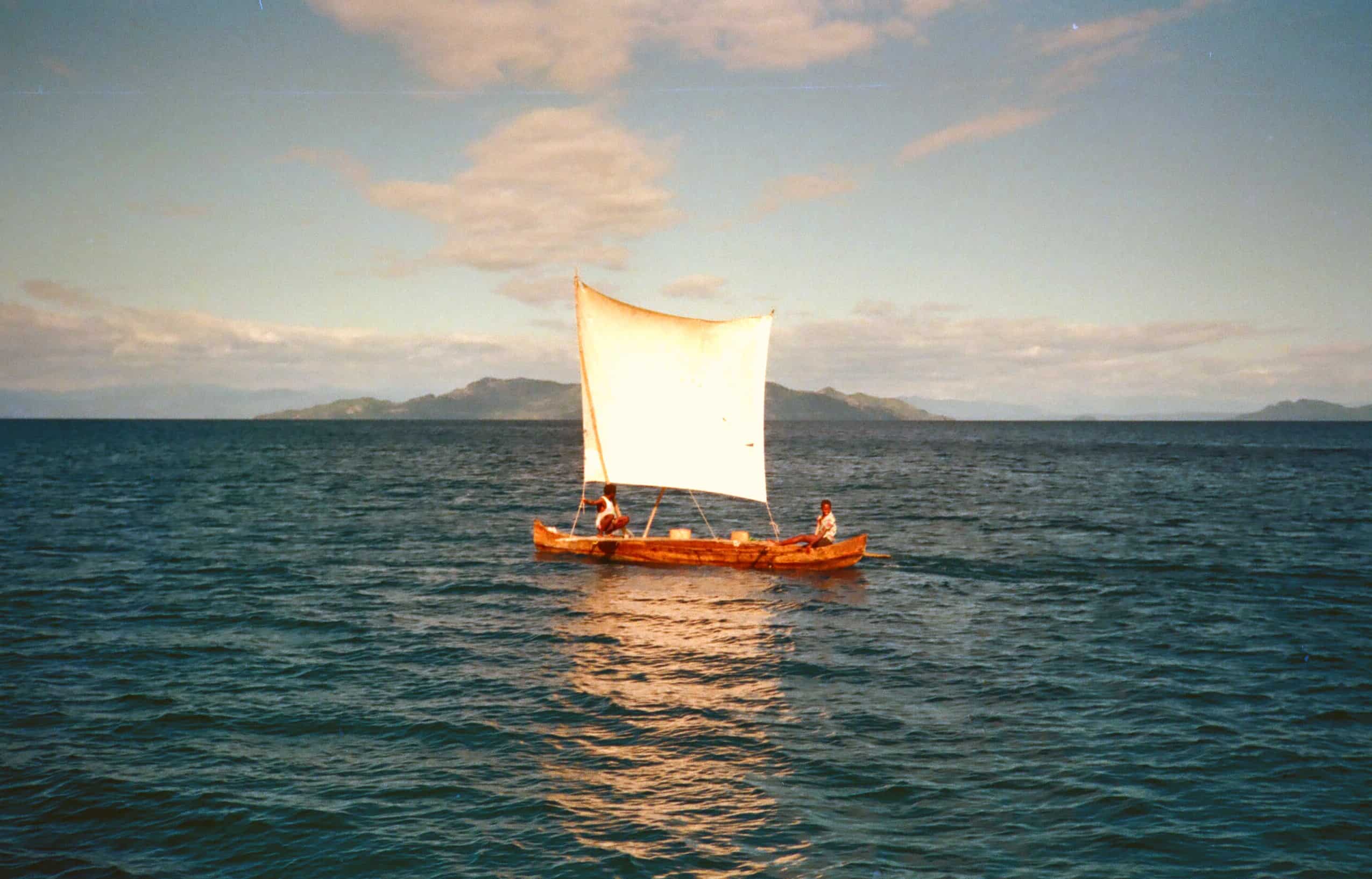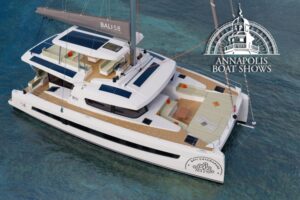Sailing To Madagascar
 We sailed to Madagascar from Inhambane, Mozambique via Juan de Nova, a tiny French island in the Mozambique channel, about one-third of the way between Madagascar and Mozambique. The island’s guano deposits were exploited from the start of the 20th century until 1970. The island is garrisoned by French paratroopers from Réunion and it has a weather station. These guys were happy to see new faces and welcomed us to a wonderful French meal and a tour of the ruins of the mining operation on the island.
We sailed to Madagascar from Inhambane, Mozambique via Juan de Nova, a tiny French island in the Mozambique channel, about one-third of the way between Madagascar and Mozambique. The island’s guano deposits were exploited from the start of the 20th century until 1970. The island is garrisoned by French paratroopers from Réunion and it has a weather station. These guys were happy to see new faces and welcomed us to a wonderful French meal and a tour of the ruins of the mining operation on the island.
We landed in Mahajunga after an eight day passage. The fairly secure harbor offered a nice anchorage and was dotted with mostly French, Australian and South African sailing yachts. We recognized some fellow yachties who greeted us with cold “three horses” beer. Mahajunga is a sprawling port town with a palm-lined seaside promenade, wide avenues, shady arcades and walls draped with gorgeous bougainvillea.
It is a busy port with ships loading and unloading huge piles of coconut and wood piled in bundles, while dhows and schooners sail back and forth between the islands, using the land and sea breezes to their advantage. As soon as we hit the shore by dinghy, we were accosted by Malagasy children wanting to be our dinghy guard. At first this seemed ridiculous but we soon learned that theft was rampant and we really needed a guard. These kids were real little hustlers and very entertaining, so we were happy to contribute to the local economy in this way.

Even with all the decaying structures and poverty, it was easy to imagine the heyday of the island, as is evident in some of the relics of a gone glory. Sculpted wooden doors, all remnants of the Arabic origins of the city, old colonial houses with ocher facades and the French influences like our favorite restaurant La Pappillon. The street food here is fantastic, fragrant with local spices and tropical flavors.
Madagascar Markets Are Not for the Feint of Heart
The local markets were something to behold. The fruits, vegetables and spices were nice but the meat market was quite horrifying. This was my first encounter with food markets in the third world where refrigeration is a luxury. Zebu meat, the local beast of burden was freshly slaughtered every few days at the market early in the morning. One could pick out the meat market easily from a distance by the buzzing flies, the smell of guts and gore, and the gutters flowing with zebu and chicken blood. We got used to it eventually, but we often opted to eat fresh prawns or fish instead.
We also learned about “siesta” for the first time here. The whole island grinds to a halt during the midday hours, to come alive again just before sunset. What a great institution! Our favorite islands were Nose Be and Tanikely just a short distance from the bustling Mahajunga. We spent many days just fishing, diving or chilling out on a hammock on the beach. We were living off the sea and land, immersing ourselves in the cruising lifestyle – a lifestyle very new to us at the time and generally learning how to become a part of island life without being a nuisance to the locals. It was heaven!

Ten Interesting Facts About Madagascar
- At 226,640 sq miles, Madagascar (Indian Ocean) is the world’s fourth largest island, after Greenland, Papua New Guinea and Borneo. With such a massive land area, Madagascar features very diverse and distinctive terrains and habitats: ranging from volcanic mountain chains (highest peak at 2,876m), central highlands to the humid rainforests in the east, dry sandstone cliffs in the west and bizarre karst forests in the north. The nation comprises the island of Madagascar (the fourth-largest island in the world), as well as numerous smaller peripheral islands.
- The highest mountain is Maromokotro at 2876m.
- The island was created when it separated from the India.
- 250,000 species are found here, of which 70% are found nowhere else in the world. Having been isolated from the African continent, Madagascar’s bizarre animals and extraordinary plant life have been evolving ever since.
- Today, there are over 70 species and sub-species of lemurs in Madagascar. The newest species of lemurs was discovered as recently as 1985. Of the 50 different kinds of lemurs, 10 are critically endangered, 7 are endangered and 19 are considered vulnerable.
- There are also over 346 species of reptiles found nowhere else besides Madagascar including the world’s biggest chameleons (Parson’s chameleon) and smallest (dwarf chameleon of Brookesia).

Stephen Feeding a Lemur on Nosi Be - Plant life is equally impressive here: over 6,000 species of endemic plants are found here, including the bottle-shaped baobab trees that seemingly have their roots in the air. Of the estimated 14,000 plants native to Madagascar, 90% are found nowhere else in the world.
- The capital of Madagascar is Antananarivo.
- There are 7 species of baobab trees in Madagascar compared to only one in all of the rest of Africa.
- The Toliara coral reef off Madagascar’s southwestern coast is the 3rd largest coral reef system in the world.
- The region also has the most extensive mangrove coverage in the Western Indian Ocean.
- Analysis of satellite images indicates that forest cover has decreased by almost 40% from the 1950s to 2000. This forest destruction and degradation threatens thousands of species with extinction. Experts now predict that Madagascar has already lost 90 % of its original forest cover.
- Although the predominant religion in Madagascar is Christianity, most of them still believe strongly in the magic powers of their ancestors. Even modern, urban Malagasies regard the deceased relatives as part of the family. Many of them bury the dead in coffins placed high up in caves and on the cliffs (to bring them closer to ancestors in heaven). During the ‘turning of the bones’ ceremonies, you can see families dancing with the dead relatives and taking photos with their bodies.
- Madagascar was a French colony.

Locals sailing their pirogue across the channel from Hellville to Nosi Komba - Madagascar was given its name by Marco Polo, who was the first European to report its existence.
- Although the Portuguese arrived next in the 1500s, it was the French who colonized the island and declared French the official language.
- Madagascar finally gained its independence in 1960 although the French influence can still be observed from its cuisine and architecture.
- Both French and Malagasy are official languages. While most people in the city speak French, you’ll find it hard to get by in the countryside with any other language besides Malagasy.
- Madagascar is the world’s leading producer of vanilla.








